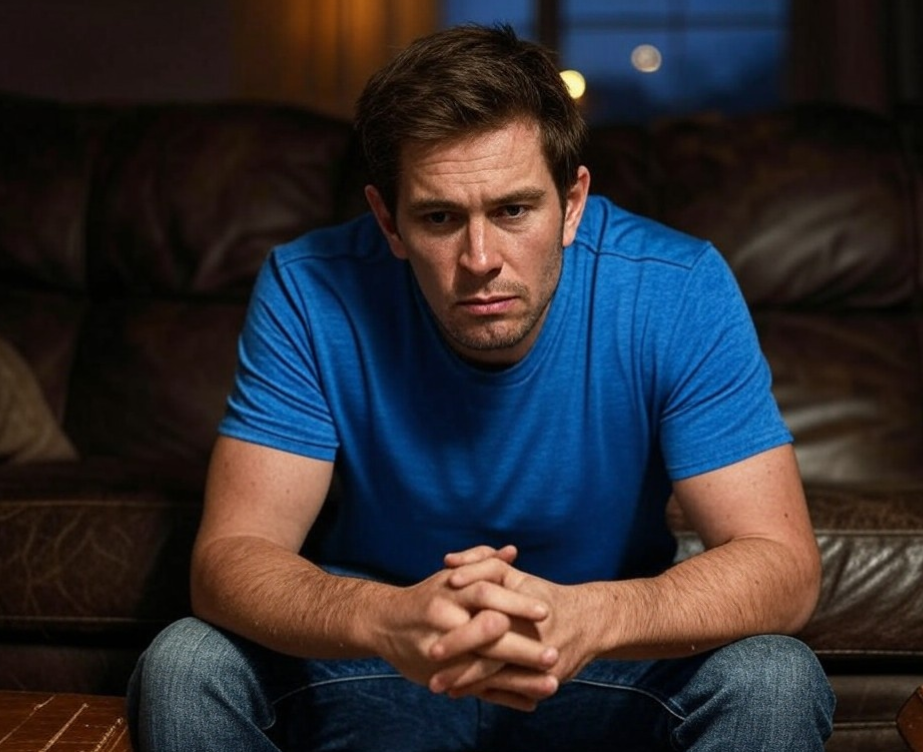How Scrupulosity Drives Porn Viewing: Breaking the Cycle of Shame and Guilt
Understanding Scrupulosity and Its Role in Porn Viewing
Many individuals struggling with unwanted pornography viewing feel intense guilt and shame, often without understanding why. One of the most overlooked reasons for compulsive porn use is scrupulosity, a type of religious OCD that imposes rigid, unrelenting moral expectations.
For those experiencing scrupulosity, any sexual thought, attraction, or arousal can feel deeply sinful, triggering a distressing internal struggle. Rather than strengthening their faith, scrupulosity often leads individuals into a cycle of obsessive guilt and compulsive behaviors—including pornography use—as a way to cope.
Let’s explore:
- What scrupulosity is and how it manifests
- How it fuels unwanted pornography viewing
- Ways to break free from the cycle of shame and guilt
What Is Scrupulosity?
A Religious Form of OCD
Scrupulosity is a form of obsessive-compulsive disorder (OCD) centered around moral and religious concerns. Those who experience it may:
- Feel extreme guilt over normal thoughts, feelings, or actions
- Obsess over being morally “pure” or religiously compliant
- Engage in compulsive behaviors (e.g., excessive prayer, repentance, or self-punishment)
While religious devotion is healthy and fulfilling for many, scrupulosity distorts faith into fear—leading to self-judgment and distress rather than spiritual growth.
RELATED: Why You View Porn: Coping with Emotions and Negative Feelings
How Scrupulosity Fuels Porn Viewing
The Cycle of Shame and Compulsion
Individuals with scrupulosity may see any sexual thoughts as sinful and try to suppress them completely. However, research shows that trying to control thoughts too strictly can actually make them more persistent and intense.
This leads to an unhealthy cycle:
- A sexual thought arises → Immediate guilt and distress
- Attempts to suppress or “purify” the mind → Leads to more focus on sexual thoughts
- Overwhelming shame and frustration
- Pornography becomes an escape from guilt and anxiety
- Temporary relief followed by deeper guilt → The cycle repeats
Even though porn use is driven by guilt, it becomes the very thing individuals feel most ashamed of, reinforcing compulsive behaviors.

Breaking Free from Scrupulosity and Porn Viewing
1. Recognize That Thoughts Are Not Actions
A key step in breaking the cycle is understanding that having a thought is not the same as acting on it. Sexual thoughts are normal and do not define your morality or religious devotion.
2. Shift from Guilt to Values-Based Living
Instead of obsessing over controlling thoughts, focus on:
- Your core values (e.g., connection, integrity, kindness)
- How you want to live your life beyond compulsive urges
- Healthy coping strategies that align with your faith and personal beliefs
3. Practice Acceptance and Commitment Therapy (ACT)
ACT principles, used in Life After Pornography, help individuals:
✅ Accept uncomfortable thoughts without reacting to them
✅ Refocus on what truly matters rather than fighting thoughts
✅ Develop healthier coping mechanisms for emotional distress
Through ACT, you can reclaim your identity, improve your mental and sexual health, and move toward a fulfilling life—free from shame-driven compulsion.
Understanding This Hiddle Force
Scrupulosity can make porn viewing feel like a moral failure, when in reality, it is often a coping mechanism for religious anxiety. Understanding this hidden force can help individuals break free from the shame-guilt cycle and move toward genuine healing and self-acceptance.
If you’re struggling with compulsive pornography use, know that you are not alone, and you do not have to fight this battle in silence. With awareness, acceptance, and the right tools, you can create a healthier, value-driven life—on your own terms.
Ready to explore a new path toward overcoming pornography addiction? Learn more about our LifeAfterPornography program. Discover how mindfulness, self-awareness, and evidence-based strategies can help you break free from the cycle and regain control of your life.
Want To Dive Deeper Into Why You View Porn?
We’ve created a 10-part video series, “Why You View Porn,” where Dr. Cameron Staley explores the most common reasons people struggle with unwanted pornography viewing. From shame and habit to stress, boredom, and neurodivergence, each video breaks down the patterns behind your urges and provides research-backed insights to help you make real, lasting changes.
📺 Watch the full series on YouTube here.
If you find these videos helpful, consider sharing them with others who might benefit from them. The more we understand, the easier it becomes to take control of our choices.







